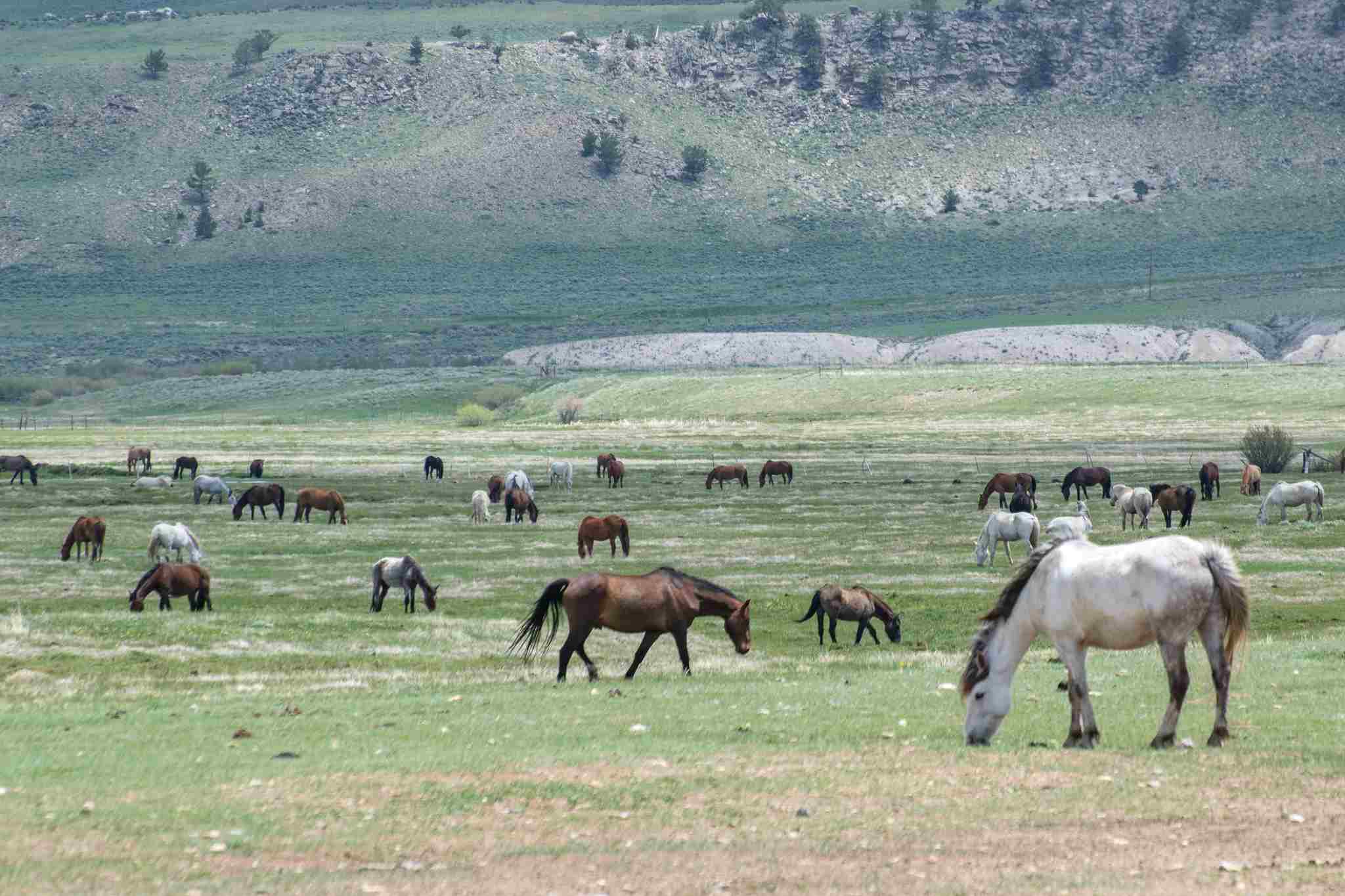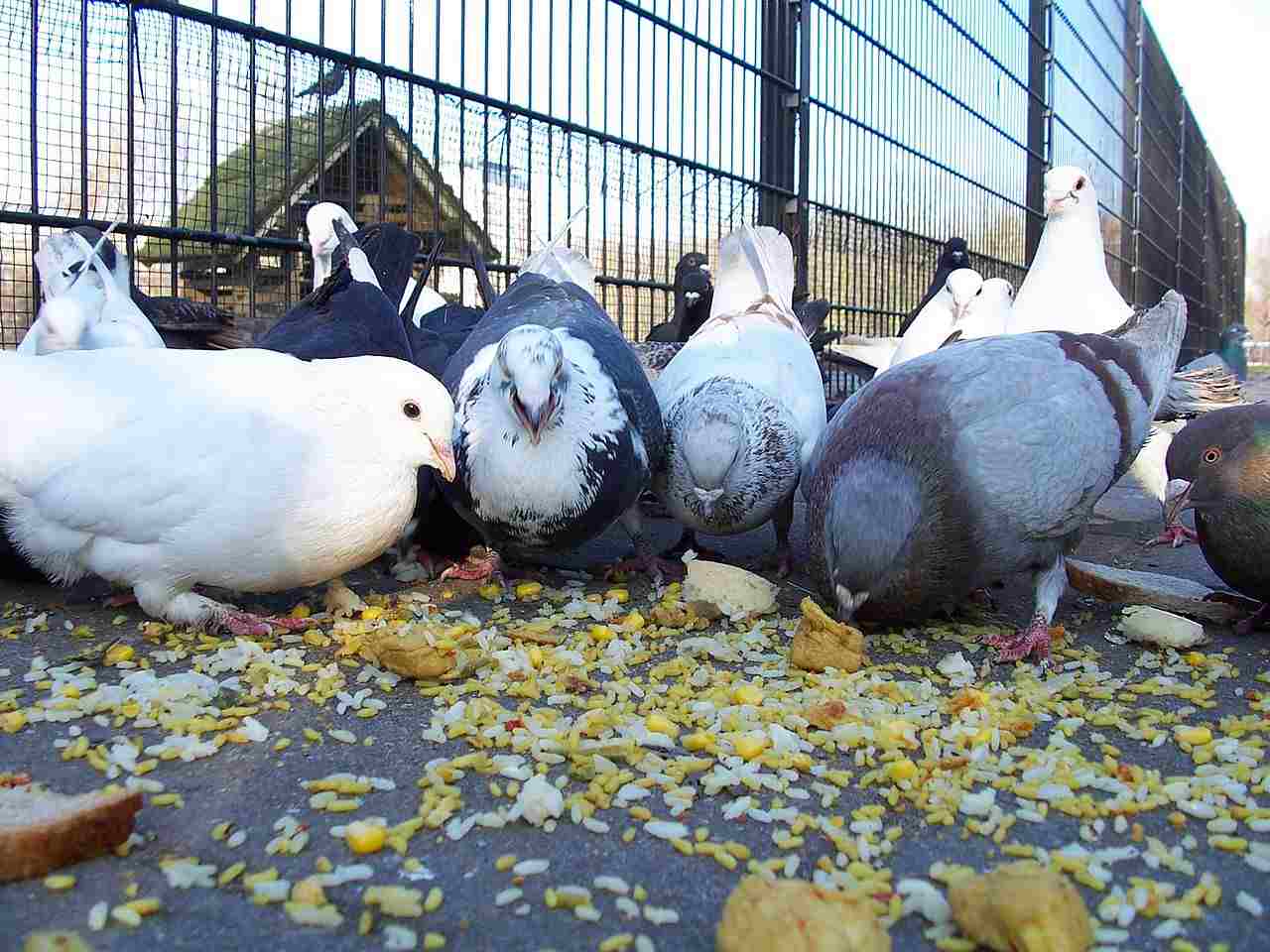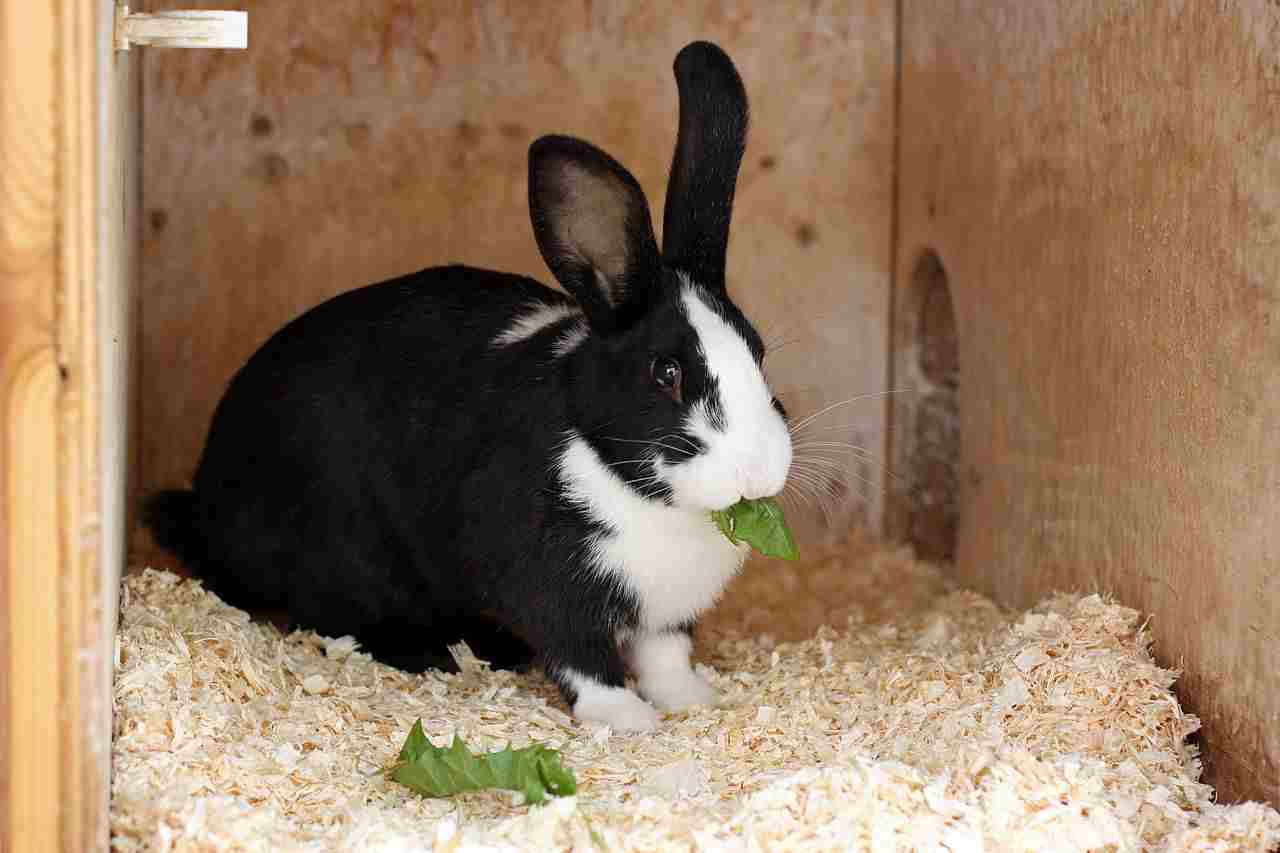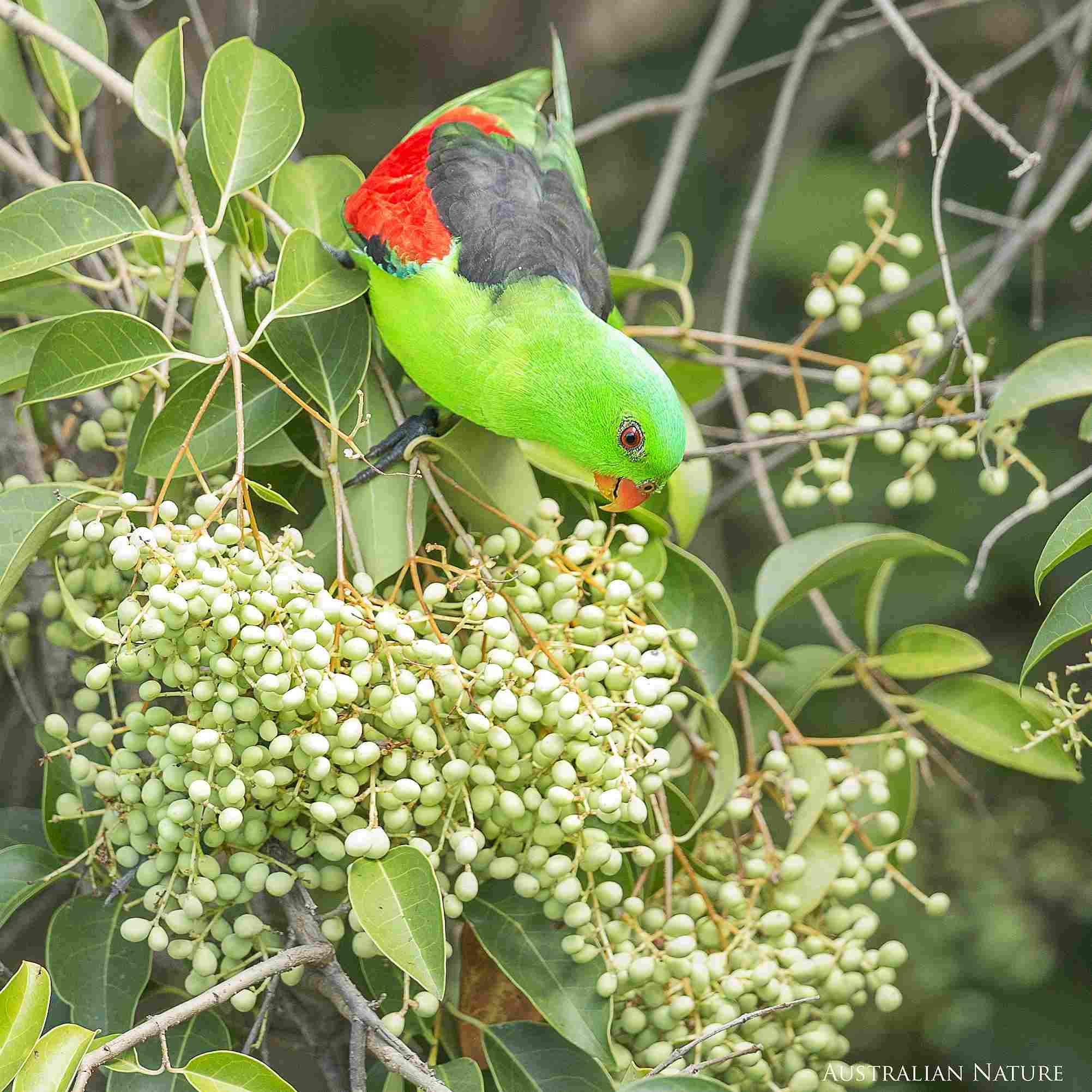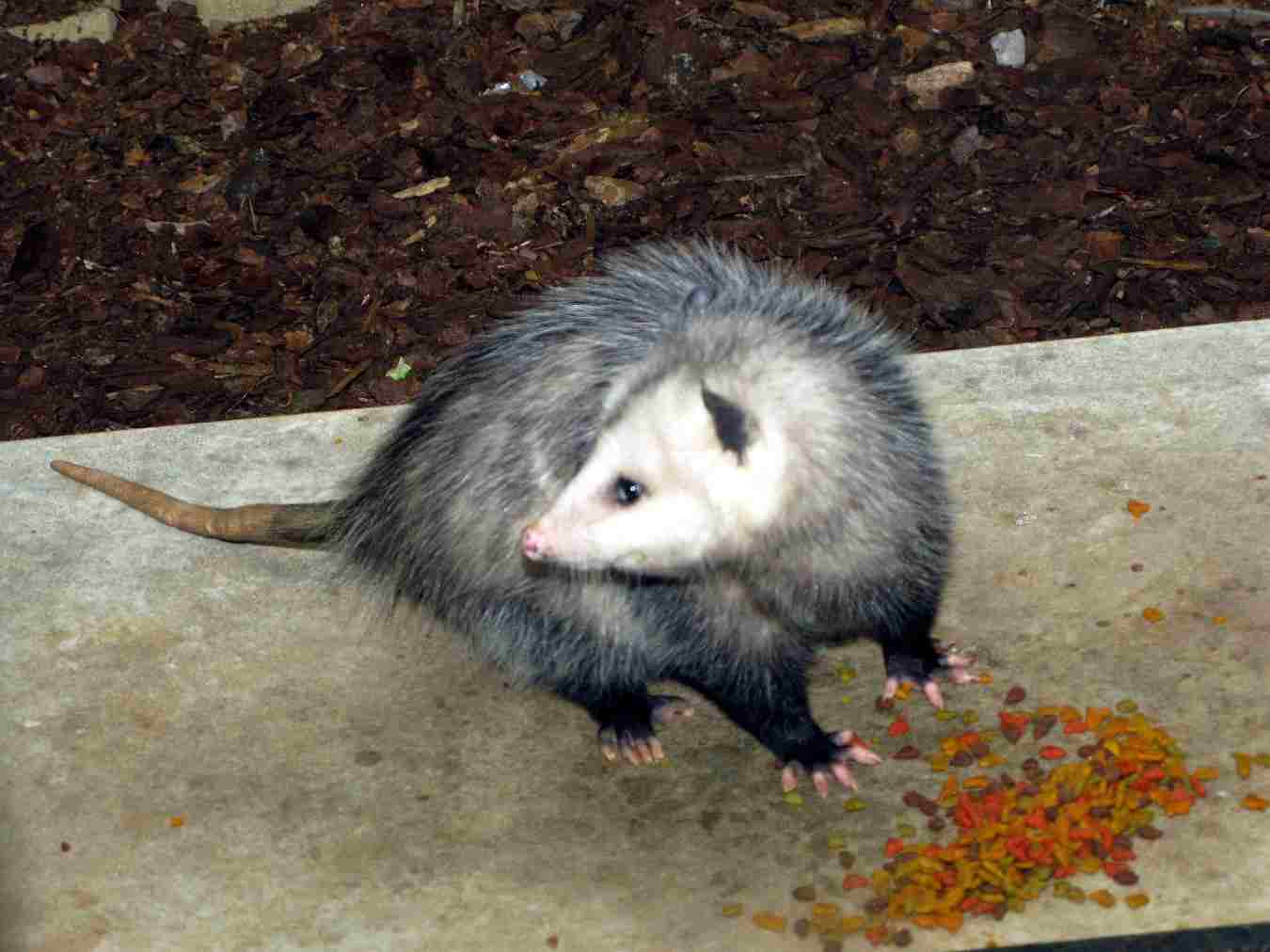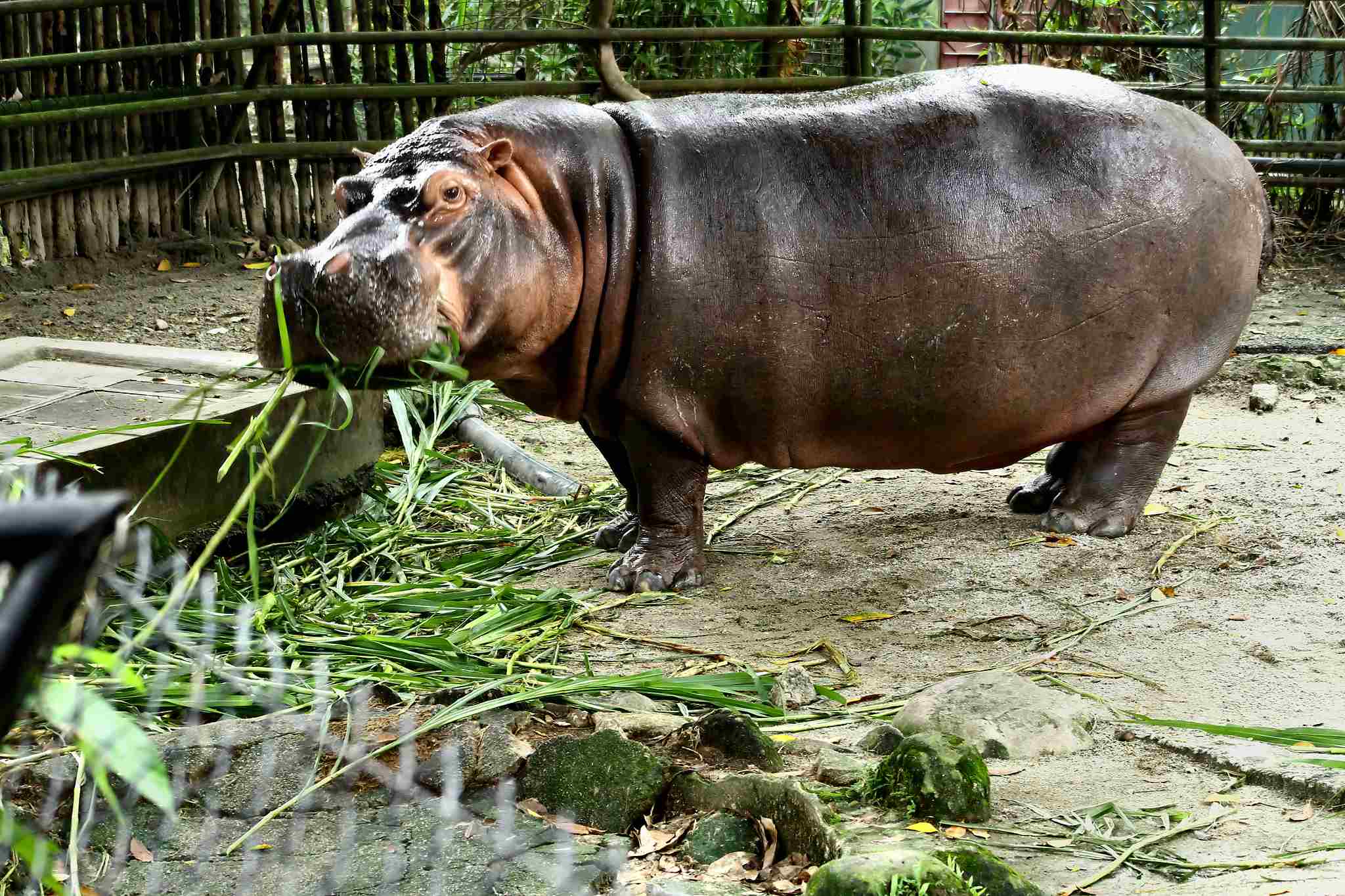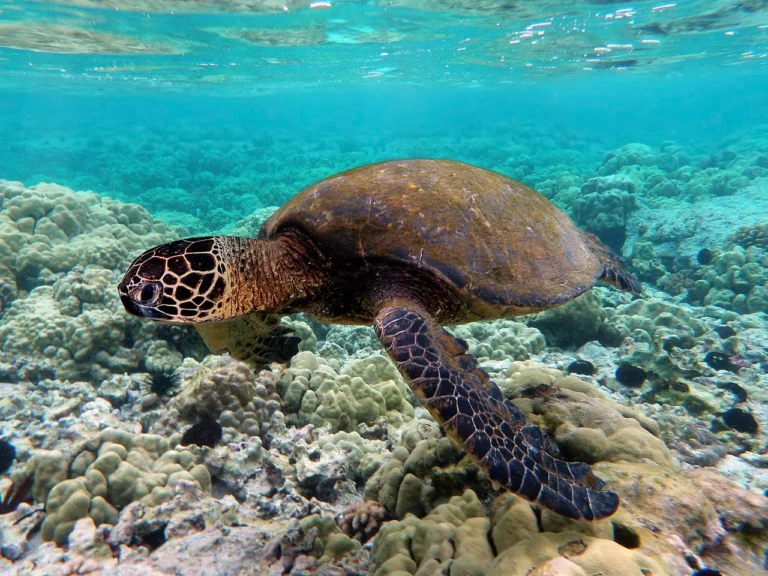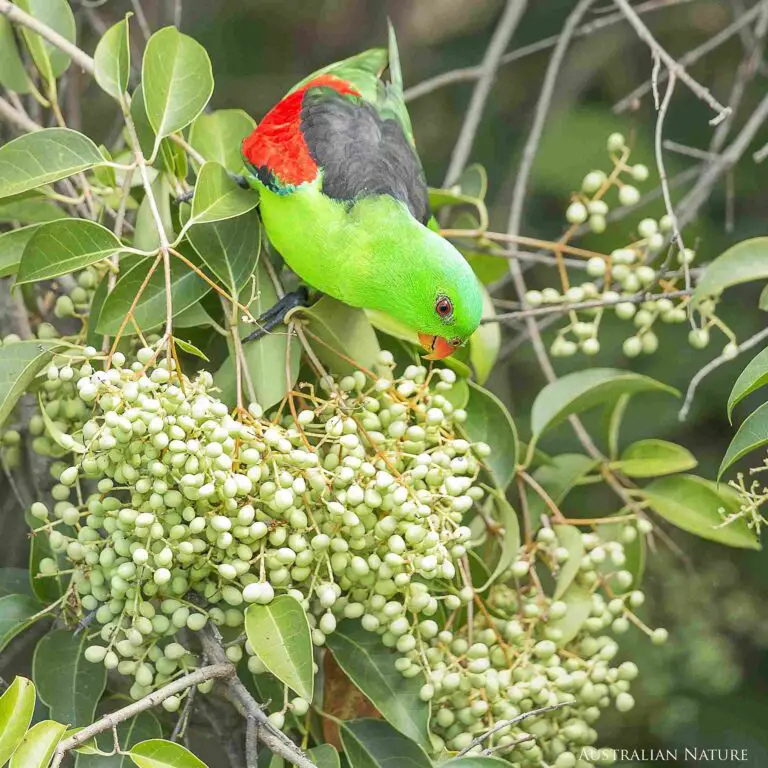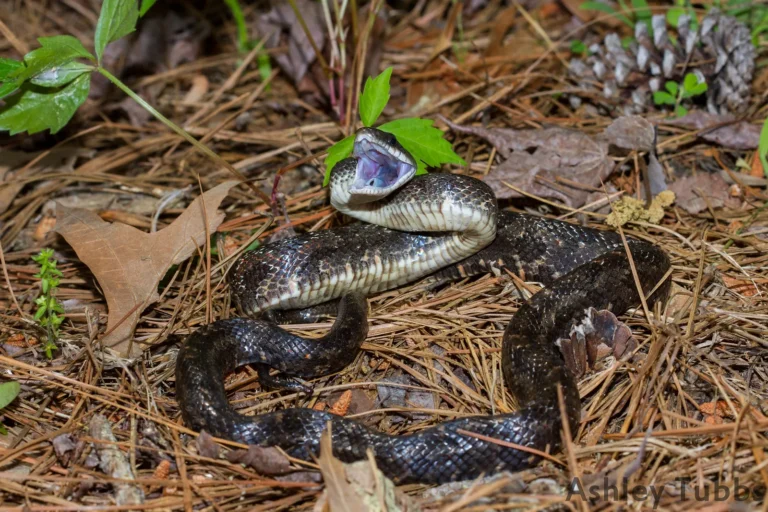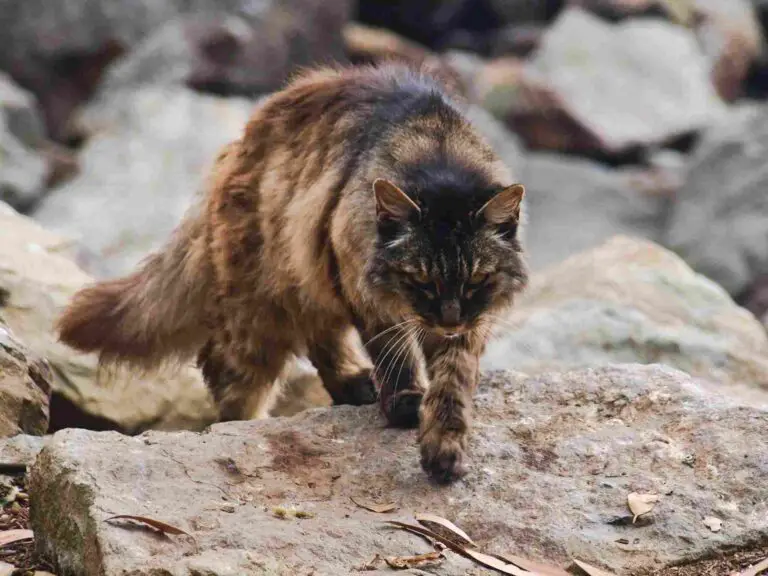What Can Fish Eat Besides Fish Food? The Diet of Fish Explored
What fish can eat besides fish food includes; spinach, pumpkin, cucumber, carrots, zucchini, peas, sweet potato, shredded romaine lettuce, cauliflower, snails, hard -boiled egg yolk, broccoli, parsley, oats, and corn. These and more are discussed below;
1. Cucumber
Cucumbers can be a nutritious addition to a fish’s diet. Fish can eat cucumbers as a food source, providing them with essential vitamins and minerals. However, there are a few conditions and notable issues to consider when feeding cucumbers to fish.
* Firstly, it is important to ensure that the cucumbers are thoroughly washed before feeding them to the fish. This is to remove any potential pesticides or contaminants that may be present on the skin. Additionally, it is recommended to peel cucumbers before feeding them to the fish, as the skin can be difficult for some fish to digest.
* Another consideration is the size of the cucumber. It is best to cut the cucumber into small, bite-sized pieces that are appropriate for the size of the fish. This will make it easier for the fish to consume and digest the cucumber.
* Furthermore, some fish may not readily accept cucumbers as a food source. It is important to observe the fish’s behavior and appetite when introducing cucumbers into their diet. In cases where the fish show little interest or refuse to eat the cucumbers, it may be necessary to try other food options.
2. Spinach
Fish can benefit from including spinach in their diet as it provides a nutritious food source. Spinach is rich in essential vitamins and minerals that can support the overall health and well-being of fish.
However, there are a few conditions and notable issues to consider when feeding spinach to fish.
* One important consideration is the preparation of spinach. It is crucial to thoroughly wash the spinach leaves before feeding them to the fish. This helps to remove any potential pesticides or contaminants that may be present.
Additionally, it is recommended to blanch the spinach briefly in boiling water and then cool it down before offering it to the fish. This process helps to soften the leaves and make them easier for the fish to consume and digest.
* Another factor to keep in mind is the quantity of spinach given to the fish. While spinach can be a beneficial addition to their diet, it should be offered in moderation.
Too much spinach can lead to digestive issues for some fish species. It is best to start with small amounts and observe the fish’s response before gradually increasing the quantity.
* Furthermore, not all fish may readily accept spinach as a food source.
Some fish species have specific dietary preferences and may not show interest in spinach. If the fish show little interest or refuse to eat spinach, it may be necessary to explore other food options that better suit their dietary needs.
3. Pumpkin
Fish can benefit from the inclusion of pumpkin in their diet, which is rich in vitamins and minerals that can support the overall health and well-being of fish.
It is a great source of vitamin A, which is essential for maintaining healthy eyesight and promoting proper growth and development in fish.
* However, there are a few conditions and notable issues to consider when feeding pumpkin to fish. Firstly, it is important to prepare the pumpkin properly. The pumpkin should be cooked and mashed before offering it to the fish.
This helps to soften the pumpkin and make it easier for the fish to consume and digest.
* Secondly, the quantity of pumpkin given to the fish should be monitored. While pumpkin can be a beneficial addition to their diet, it should be offered in moderation.
Too much pumpkin can lead to digestive issues for some fish species. It is best to start with small amounts and observe the fish’s response before gradually increasing the quantity.
* Also, not all fish may readily accept pumpkin as a food source. Some fish species have specific dietary preferences and may not show interest in pumpkin. In such cases it is necessary to explore other food options that better suit their needs.
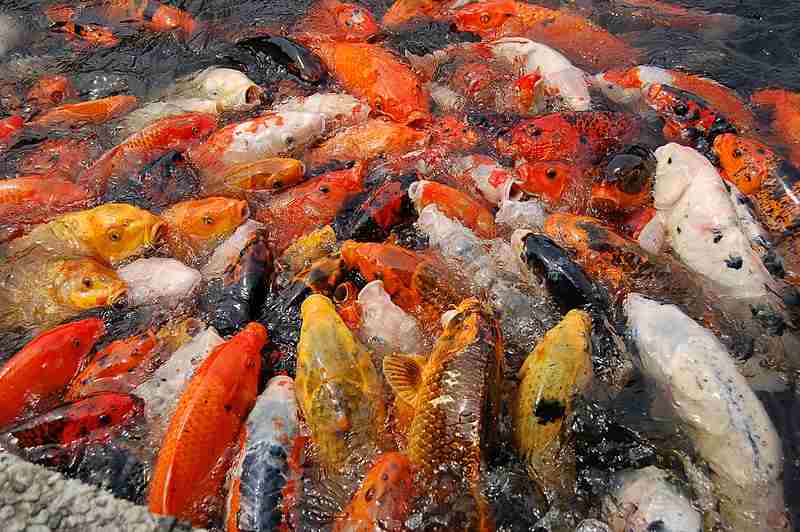
4. Carrots
Fish can indeed eat carrots as a food source, providing them with essential nutrients and benefits. Carrots are rich in vitamins and minerals, including vitamin A, which promotes healthy eyesight and growth in fish.
They also contain antioxidants that support the immune system and help protect fish from diseases.
* However, there are a few conditions and notable issues to consider when feeding carrots to fish. Firstly, it is important to prepare the carrots properly. They should be cooked and finely chopped or grated before offering them to the fish. This helps to soften the carrots and make them easier for the fish to consume and digest.
* Secondly, the quantity of carrots given to the fish should be monitored. While carrots can be a beneficial addition to their diet, they should be offered in moderation. Too many carrots can lead to digestive issues for some fish species. It is best to start with small amounts and observe the fish’s response before gradually increasing the quantity.
* Additionally, not all fish may readily accept carrots as a food source. Some fish species have specific dietary preferences and may not show interest in carrots. In such cases, it is necessary to explore other food options that better suit their needs.
5. Zucchini
Zucchini can be consumed by fish as a food source, and provides them with essential nutrients and benefits. Zucchini is a nutritious vegetable that is low in calories and high in vitamins and minerals. It is particularly rich in vitamin C, which supports the immune system of fish and helps them fight off diseases.
However, there are a few conditions and notable issues to consider when feeding zucchini to fish.
* Firstly, it is important to prepare the zucchini properly. It should be cooked and sliced into small, bite-sized pieces before offering it to the fish. This helps to soften the zucchini and make it easier for the fish to consume and digest.
* Secondly, the quantity of zucchini given to the fish should be monitored. While zucchini can be a beneficial addition to their diet, it should be offered in moderation. Too much zucchini can lead to digestive issues for some fish species. It is best to start with small amounts and observe the fish’s response before gradually increasing the quantity.
* Additionally, not all fish may readily accept zucchini as a food source. Some fish species have specific dietary preferences and may not show interest in zucchini. In such cases, it is necessary to explore other food options that better suit their needs.
6. Peas
Peas can be a nutritious and beneficial food source for fish. They are packed with vitamins and minerals that contribute to the overall health and well-being of fish.
* Peas are particularly rich in vitamin A, which promotes good eyesight and enhances the fish’s coloration. They also contain fiber, which aids in digestion and helps prevent constipation in fish.
* When feeding peas to fish, it is important to prepare them properly. Start by removing the outer shell and then cook the peas until they are soft. This will make them easier for the fish to consume and digest. It is recommended to mash or crush the peas into smaller pieces before offering them to the fish, especially for smaller fish species.
* While peas can be a beneficial addition to a fish’s diet, it is important to feed them in moderation. Overfeeding peas can lead to digestive issues, such as bloating or swim bladder problems. It is best to start with small amounts and observe the fish’s response before gradually increasing the quantity.
* Not all fish species may readily accept peas as a food source. Some fish have specific dietary preferences and may not show interest in peas. In such cases, it is important to explore other food options that better suit their needs and nutritional requirements.
7. Sweet Potato
Sweet potatoes can be a nutritious and suitable food source for fish. They offer a range of benefits and can be a great addition to a fish’s diet.
* One notable advantage of sweet potatoes is their high vitamin content. They are rich in vitamins A and C, which are essential for the overall health and immune system function of fish. These vitamins also contribute to the fish’s vibrant coloration.
* When feeding sweet potatoes to fish, it is important to prepare them properly.
Start by boiling or steaming the sweet potatoes until they are soft. Then, remove the skin and mash the flesh into smaller pieces. This will make it easier for the fish to consume and digest.
* It is also recommended to feed sweet potatoes in moderation. While they are beneficial, overfeeding can lead to digestive issues. It is best to start with small amounts and observe the fish’s response before gradually increasing the quantity.
* Not all fish species may readily accept sweet potatoes as a food source. Some fish have distinctive dietary preferences and may not show interest in sweet potatoes. It is therefore important to explore other food options that better suit their nutritional needs.
8. Shredded Romaine Lettuce
Fish can eat shredded romaine lettuce as a food source. Romaine lettuce is a nutritious option that can provide various benefits to fish.
It is rich in essential vitamins and minerals, including vitamin A, vitamin K, and calcium. These nutrients contribute to the overall health and well-being of fish, supporting their immune system and promoting proper growth.
* When feeding shredded romaine lettuce to fish, it is important to consider a few conditions and notable issues. Firstly, it is crucial to thoroughly wash the lettuce to remove any potential pesticides or contaminants. This ensures the safety of the fish and prevents any negative effects on their health.
* Also, it is recommended to shred the romaine lettuce into smaller pieces. This makes it easier for the fish to consume and digest. Large pieces of lettuce may be difficult for some fish species to eat, leading to potential choking hazards or digestive issues.
* Although romaine lettuce can be a beneficial addition to a fish’s diet, it should not be the sole source of nutrition. It is important to provide a varied diet that includes other suitable food options to meet the varying nutritional needs of different fish species.
9. Cauliflower
Cauliflower can serve as a food source for fish, providing them with additional nutrients and variety in their diet. Basically, cauliflower is a nutritious vegetable that offers several health benefits for its consumers.
* Like other vegetables, one notable condition to consider when feeding cauliflower to fish is to ensure that it is cooked or blanched before offering it to them. Raw cauliflower can be difficult for fish to digest and may cause digestive issues.
By cooking or blanching the cauliflower, it becomes softer and easier for fish to consume and digest.
* Another important requirement is to cut the cauliflower into small, bite-sized pieces. This makes it easier for fish to eat and reduces the risk of choking.
Additionally, it is recommended to remove any tough stems or leaves before feeding the cauliflower to fish.
Cauliflower is a good source of vitamins C and K, as well as dietary fiber. These nutrients can contribute to the overall health and well-being of fish, supporting their immune system and promoting proper digestion.
* It is generally important to note that cauliflower should not be the sole source of nutrition for fish.
It should be offered as a component of a varied diet that includes other suitable food sources to meet the nutritional needs of different species.
10. Snails
Fish can eat snails as a food source, providing them with a natural and nutritious option. Snails are a great addition to a fish’s diet as they offer a variety of benefits. However, there are a few conditions and notable issues to consider when feeding snails to fish.
* Firstly, it is important to ensure that the snails are safe for consumption.
Avoid collecting snails from unknown sources, as they may have been exposed to harmful substances or parasites. Instead, opt for commercially bred snails that are specifically intended for fish consumption.
* Secondly, it is recommended to remove the snail’s shell before feeding it to the fish. The shell can be difficult for some fish species to break down and digest. By removing the shell, the fish can easily consume the snail and access its nutritional content.
* Snails are a rich source of protein, calcium, and other essential nutrients. They can contribute to the growth and development of fish, as well as support their overall health.
However, it is important to offer snails as part of a balanced diet that includes other suitable food sources. Snails should not be the sole source of nutrition for fish.
11. Hard-boiled Egg Yolk
Fish can benefit from consuming hard-boiled egg yolk as a food source. Egg yolks are packed with essential nutrients that can support the health and growth of fish. This section discusses some conditions and important issues to consider when feeding egg yolk to fish.
* To begin with, it is important to note that egg yolk should be cooked thoroughly before offering it to fish. Raw egg yolk can contain harmful bacteria that may cause digestive issues or infections in fish. By boiling the egg yolk, you eliminate any potential risks and make it safe for consumption.
* Secondly, it is recommended to crush or finely chop the hard-boiled egg yolk before feeding it to the fish. This makes it easier for the fish to consume and digest. Fish have small mouths and may struggle to eat large pieces of egg yolk. By breaking it down into smaller portions, you ensure that the fish can access the nutritional benefits without any difficulties.
* Hard-boiled egg yolk is a good source of protein, vitamins, and minerals. It can provide fish with the necessary nutrients for energy, growth, and overall well-being.
However, it is important to offer egg yolk as part of a balanced diet that includes other suitable food sources, rather than a sole source of nutrition for fish.
12. Broccoli
Fish can consume including broccoli as a dietary component and a source of essential nutrients. Broccoli is a nutritious vegetable that can be a valuable food source for fish. Considerations when feeding broccoli to fish are discussed below;
* It is generally helpful to cook the broccoli before offering it to fish. Raw broccoli can be difficult for fish to digest and may cause digestive issues. By cooking the broccoli, you make it easier for the fish to consume and ensure that they can access the nutrients it provides.
* Also, it is recommended to chop or finely shred the cooked broccoli into small pieces. Fish have small mouths and may struggle to eat large pieces of broccoli. By breaking it down into smaller portions, you make it easier for the fish to eat and digest.
*Although broccoli is rich in vitamins, minerals, and fiber, which can support the overall health and well-being of fish, it is still important to offer broccoli only as part of a balanced diet that includes other healthy food sources.
Including broccoli in the diet of fish can be a healthy and beneficial addition, but it should be done in moderation and as part of a varied diet.
13. Parsley
Parsley is a food source that fish can consume as part of their diet. It provides some nutrients and can be a healthy addition to their meals.
* However, it is important to offer parsley in moderation.
This is because, while it is nutritious, too much parsley can have a diuretic effect on fish, leading to excessive water loss and potential dehydration. Therefore, it is recommended to provide parsley as a supplement rather than a primary food source.
* In addition, it is advisable to chop or finely mince the parsley before offering it to fish. Fish have small mouths and may struggle to eat large pieces of parsley. By breaking it down into smaller portions, you make it easier for the fish to consume and digest.
* Lastly, ensure that the parsley is thoroughly washed before feeding it to fish. This helps to remove any potential pesticides or contaminants that may be present on the leaves.
14. Oats
Fish can indeed eat oats as a food source, providing them with essential nutrients. Some issues and conditions regarding this food source are outlined below;
* Firstly, it is important to use plain, unflavored oats without any added sugars or flavorings. These additives can be harmful to fish and may disrupt their digestive system. Plain oats are a healthier option for fish and can be easily digested.
* Secondly, it is recommended to cook the oats before feeding them to fish. Raw oats can be difficult for fish to consume and digest. By cooking the oats, they become softer and more palatable for fish, making it easier for them to eat.
* Additionally, it is beneficial to avoid overfeeding fish with oats. While oats can be a nutritious addition to their diet, excessive consumption can lead to digestive issues and water quality problems in the aquarium. It is best to offer oats as a treat or supplement rather than a primary food source.
* Lastly, it must be ensured that the oats are thoroughly rinsed before feeding them to fish. This helps to remove any potential contaminants or residues that may be present on the oats.
These guidelines, can help to safely incorporate oats into the diet of fish, and providing them with a varied, nutritious meal.
15. Corn
Corn can be a suitable food source for fish, as it is palatable and contains essential nutrients. However, there are a few conditions and considerations to keep in mind when feeding corn to fish.
* Firstly, it is important to use plain, unseasoned corn without any added salt or flavorings. These additives can be harmful to fish and may disrupt their digestive system. Plain corn is a healthier option for fish and can be easily digested.
* Secondly, it is recommended to cook the corn before feeding it to fish. Raw corn can be difficult for fish to consume and digest. By cooking the corn, it becomes softer and more palatable for fish, making it easier for them to eat.
* Also, it is important to avoid overfeeding fish with corn. While corn can be a nutritious addition to their diet, excessive consumption can lead to digestive issues and water quality problems in the aquarium. It is best to offer corn as a treat or supplement rather than a primary food source.
* Lastly, it is crucial to ensure that the corn is thoroughly rinsed before feeding it to fish. This helps to remove any potential contaminants or residues that may be present on the corn.
What Live Food Can Fish Eat?
Live food which fish can eat include; snails, brine shrimp, and worms. Each one of these is discussed briefly.
1. Snails
Snails can be fed live to fish, providing them with a nutritious and natural food source. Live snails offer a variety of benefits for fish, including essential nutrients and stimulation for their natural foraging behavior.
* When it comes to feeding snails to fish, it’s important to choose the right type of snails. Some common options include bladder snails, ramshorn snails, and Malaysian trumpet snails. These snails are readily available and can be easily cultured in a separate tank or purchased from reputable sources.
* To feed snails to fish, they should be simply dropped them into the tank. Most fish will eagerly hunt and consume the snails. It is important to monitor the feeding process to ensure that all snails are consumed and to prevent any potential overpopulation in the tank.
2. Worms
In addition to snails, another live food option for fish is worms. Worms provide a natural and nutritious diet for fish, and offer a range of benefits for their health and well-being.
* Worms can be easily obtained from bait shops or even collected from your own garden. They come in different varieties, such as bloodworms, blackworms, and tubifex worms, each with its own nutritional profile.
* Feeding worms to fish not only provides them with essential nutrients but also stimulates their natural hunting instincts. Watching fish chase and devour worms can be an exciting and enriching experience for both the fish and the observer.
* When introducing worms into the tank, it’s important to ensure that they are of appropriate size for the fish to consume. Small fish may require smaller worms, while larger fish can handle larger ones. It’s also crucial to monitor the feeding process to prevent any uneaten worms from decaying and polluting the tank.
3. Brine Shrimps
Brine shrimps are another live food option for fish. These crustaceans are commonly used as fish food due to their high protein content and ease of availability.
* Feeding brine shrimps to fish can offer several benefits. Firstly, they provide a natural and varied diet that mimics what fish would eat in the wild. This can help to promote optimal growth and development, as well as enhance the overall health of the fish.
* In addition to their nutritional value, brine shrimps can also stimulate the natural hunting instincts of fish. Watching fish chase and capture these small creatures can be an engaging and enriching experience for both the fish and the observer.
* When feeding brine shrimps to fish, it is important to ensure that they are of appropriate size for the fish to consume. Some fish may require smaller shrimps, while larger fish can handle larger ones. It is also crucial to monitor the feeding process to prevent any uneaten shrimps from decaying and affecting the water quality in the tank.
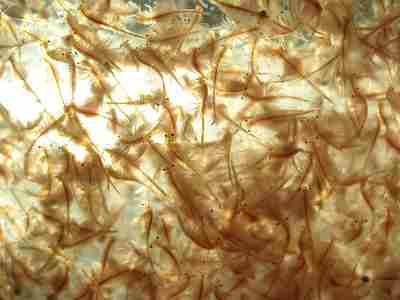
What Can Fish Eat Besides Fish Food: Brine Shrimp is an Example of Suitable Live Food For Fish (Credit: sdolgin 2008 .CC BY 2.0.)
FAQs
1. Can I Feed My Fish Bread?
While fish can eat bread, it is not a recommended option. Bread contains yeast and starch, which can have a combined constipating effect on fish. This can negatively impact their health and survival.
2. Can Fish Eat Carrots?
Yes, fish can eat carrots. Carrots are a nutritious option for fish and can provide them with essential vitamins and minerals.
3. Can Fish Eat Rice?
Yes, fish can eat rice. Rice is a carbohydrate-rich food that can be easily digested by fish. However, it is important to ensure that the rice is cooked and not seasoned with any additives that may be harmful to fish.
4. Can Fish Eat Cucumber?
Yes, fish can eat cucumber. Cucumber is a hydrating and low-calorie option for fish. It can also provide them with essential nutrients.
5. What Can You Feed Wild Fish?
Wild fish have a varied diet that includes insects, small crustaceans, and other aquatic organisms. They rely on their natural environment to find food.
6. What Can Goldfish Eat?
Goldfish can eat a variety of foods, including commercial fish flakes or pellets specifically formulated for goldfish. They can also eat vegetables like peas, lettuce, and spinach.
7. What Can I Give My fish if I Don’t Have Fish Food?
If you don’t have fish food, you can feed your fish small amounts of cooked vegetables like peas or spinach. You can also offer them small pieces of cooked fish or shrimp. However, it is important to remember that these should only be temporary solutions until you can provide them with proper fish food.
